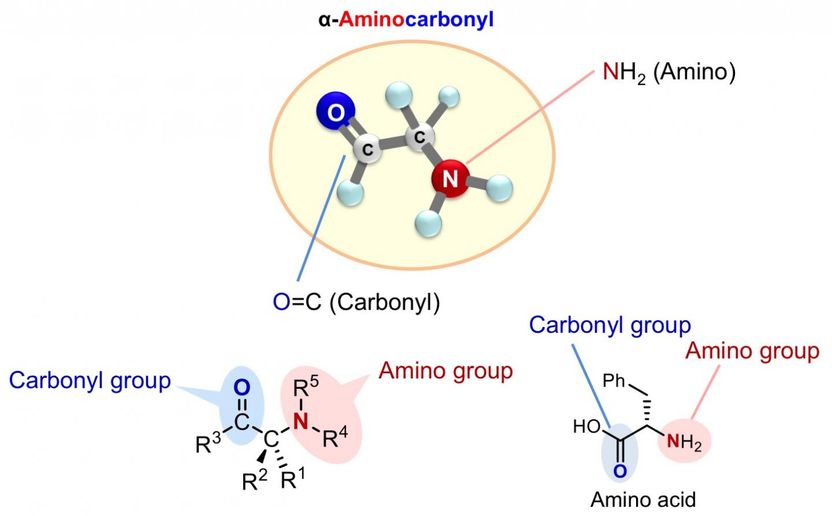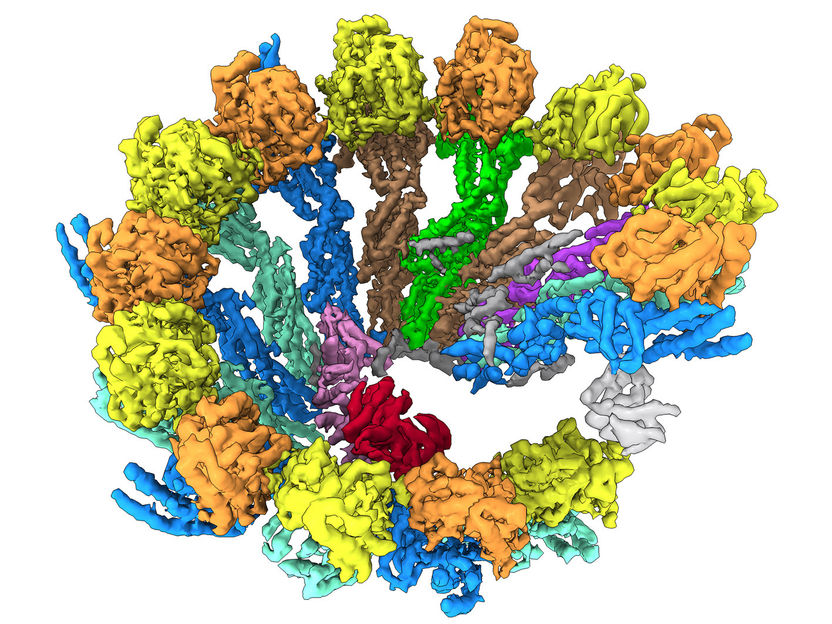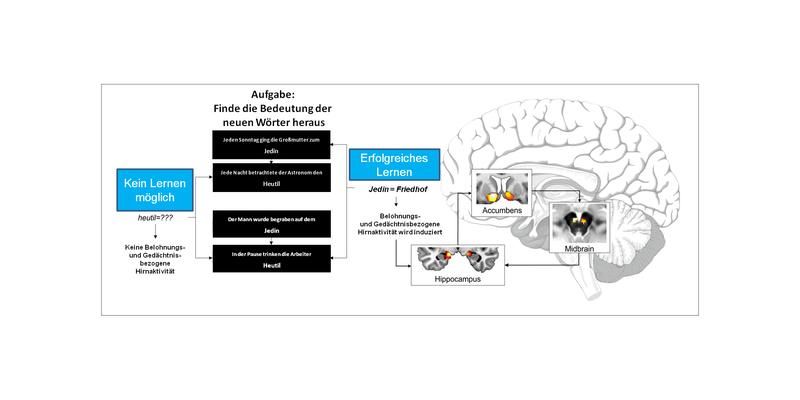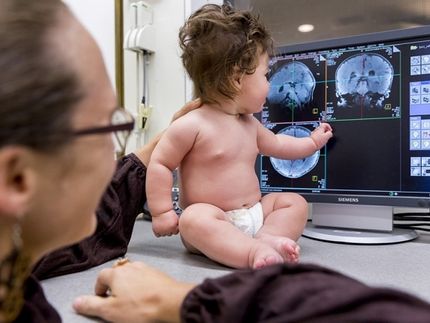Brain connections break down as we age
It’s unavoidable: breakdowns in brain connections slow down our physical response times as we age, a new study suggests. This slower reactivity is associated with an age-related breakdown in the corpus callosum, a part of the brain which acts as a dam during one-side motor activities to prevent unwanted connectivity, or cross-talk, between the two halves of the brain, said Rachael Seidler, associate professor in the U-M School of Kinesiology and Department of Psychology, and lead study author. At other times the corpus callosum acts at a bridge and cross-talk is helpful, such as in certain cognitive functions or two sided (bi-manual) motor skills.
The U-M study is the first to show that this cross-talk happens even while older adults are at rest, said Seidler, who also has appointments in the Institute of Gerontology and the Neuroscience Graduate Program. This resting cross-talk suggests that it is not helpful or compensatory for the two halves of the brain to communicate during one-sided motor movements because the opposite side of the brain controls the part of the body that is moving. So, when both sides of the brain talk simultaneously while one side of the body tries to move, confusion and slower responses result, Seidler said.
Previous studies have shown that cross-talk in the brain during certain motor tasks increases with age but it wasn’t clear if that cross-talk helped or hindered brain function, said Seidler.
“Cross-talk is not a function of task difficulty, because we see these changes in the brain when people are not moving,” doing nothing,” said Seidler.
In some diseases where the corpus callosum is very deteriorated, say in people with multiple sclerosis, you can see “mirror movements” during one sided-motor tasks, where both sides move in concert because there is so much communication between the two hemispheres of the brain, Seidler said. These mirror movements also happen normally in very young children before the corpus callosum is fully developed.
In the study, researchers gave joysticks to adults between the ages of 65 and 75 and measured and compared their response times against a group ranging from approximately 20-25. Researchers then used a functional MRI to image the blood-oxygen levels in different parts of the brain, a measurement of brain activity.
“The more they recruited the other side of the brain, the slower they responded,” Seidler said.
However there is hope, and just because we inevitably age doesn’t mean it’s our fate to react more slowly, Seidler said. Seidler’s group is working on developing and piloting motor training studies that might rebuild or maintain the corpus callosum to limit overflow between hemispheres, she said.
A previous study done by another group showed that doing aerobic training for three months helped to rebuild the corpus callosum, she said, which suggests that physical activity can help to counteract the effects of the age-related degeneration.
Seidler’s group also has a study in review that uses the same brain imaging techniques to study disease related brain changes in Parkinson’s patients.
Topics
Organizations
Other news from the department science

Get the life science industry in your inbox
By submitting this form you agree that LUMITOS AG will send you the newsletter(s) selected above by email. Your data will not be passed on to third parties. Your data will be stored and processed in accordance with our data protection regulations. LUMITOS may contact you by email for the purpose of advertising or market and opinion surveys. You can revoke your consent at any time without giving reasons to LUMITOS AG, Ernst-Augustin-Str. 2, 12489 Berlin, Germany or by e-mail at revoke@lumitos.com with effect for the future. In addition, each email contains a link to unsubscribe from the corresponding newsletter.
Most read news
More news from our other portals
Last viewed contents
Edwards_syndrome
Endogenous_retrovirus
Phoma_exigua_var._foveata

Rapid synthesis towards optically active alpha-aminocarbonyl therapeutics - New catalytic asymmetric reaction directly installs amines into carbonyl compounds
Metolazone
Category:Uncategorised_pharmacology_articles
Bothrops_lanceolatus
N-Phenethyl-4-piperidinone

How Cells Assemble Their Skeleton - Researchers study the formation of microtubules
Biopower




















































